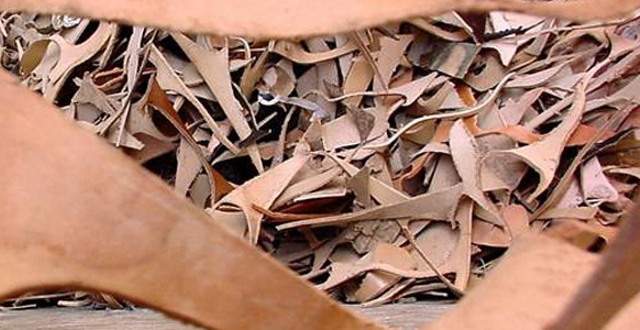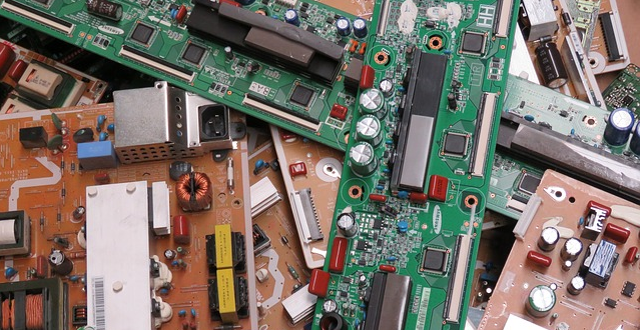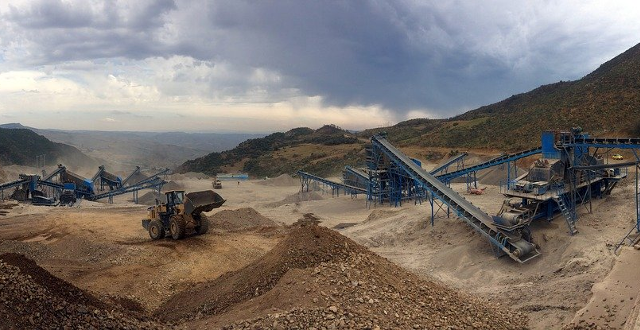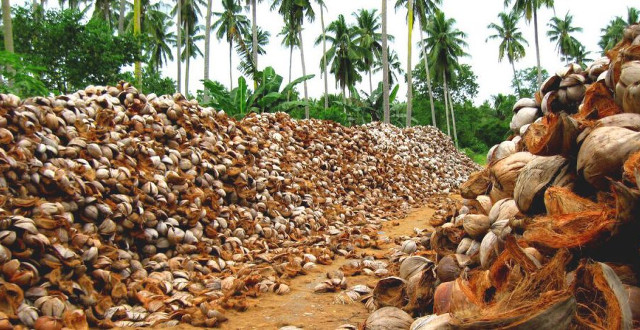Upcycling
Waste economy
Upcycling or the Blue Economy is the idea developed by entrepreneur Gunter Pauli. With its Zeri network (Zero Emissions Research and Initiatives), it seeks to create value by recovering waste from an industry and reusing it as raw material in a second company.
The Blue Economy is the application of the quote attributed to Lavoisier: “Nothing is lost, nothing is created, everything is transformed”. In this economy, each waste becomes a resource. Here is the proof that the waste of some can be the raw material of others, as in nature.

Leather
Recyc Leather recycles leather waste from gardening glove factories. This solution saves more than 200 tonnes of leather per month, which would have ended up in landfills.
Recycled leather has applications in the fashion and automotive industries as it can be used for upholstery and interior design. The products made with this recycled leather are durable, resistant and retain the appearance of real leather. Here is a list of equipments created from this new raw material.
With the Francs-bourgeois brand, Olivier Grammont manufactures handbags and leather goods from scraps and leather waste.
Made in ![]()
Opus Mind offers you a line of leather goods handcrafted from scraps of leather from a glove factory.
Made in ![]()
Since 2017, Majavia has been offering bags, wallets, passport pockets… all in recycled leather.
Made in ![]()

100% recycled shoes: recycled leather from a garden glove factory, recycled tire soles, Bananatex linings and bottle laces recovered from the sea.
Made in ![]()

Electronic waste
All of our electronic devices contain gold and other precious metals. In the United States alone, the total number of cellphones landfilled each year represents up to $ 60 million in gold and silver.
A tonne of used motherboards contains up to 800 times more gold than a tonne of gold ore.
Working from electronic waste therefore makes perfect sense and reduces our environmental impact caused by mining by 99%.

In 2018, the Dell Latitude 5285 2-in-1 was the first PC to use recycled gold from electronic waste.
Made in ![]()

Thanks to their partnership with Dell, it offers handmade jewelry in 10-18 carat gold from gold recovered from discarded electronic devices.
Made in ![]()

Discover Mint Innovation and their solution to recover and recycle metals in our old electronic waste thanks to biomass.
Made in ![]()

Mining and construction debris
Mining and construction debris is waste, it has no value. But the companies Karst stone paper and KY stone paper found them useful in the production of paper.
They make paper without wood, water, chlorine or acid, and all without waste. Their raw material: debris produced by the mining and construction industries. They grind them into powder before binding them using a non-toxic recyclable binder. This paper is also waterproof, tear-resistant and 100% photo-degradable.

The Australian company “Karst stone paper” offers you notebooks with stone paper.
Made in ![]()

KY stone paper offers the use of stone paper to manufacturers for the manufacture of magazines, food packaging, notebooks, labels and shopping bags.
Made in ![]()

Wood
Wood is an easily recyclable product, but in certain forms it is considered as a waste: coconut shells, discarded after use then burned or the Chinese chopsticks, which 1.5 billion are thrown in the world, by week …
Here are entrepreneurs who give it value by transforming it into panels, tables or cutting boards.
Founded in 2007, Atelier Extramuros manufactures custom-made office furniture from reclaimed and reclaimed wood (meeting table, offices, relaxation area, etc.).
Made in ![]()

70 billion coconuts are harvested each year and then burned after extracting the pulp. GoodHout transforms coconut shells into bio-based panels without toxic or chemical additives.
Made in ![]()
ChopValue gives a second life to chopsticks. Already 25,786,890 baguettes have been recycled and transformed into tables, cutting boards, frames…
Made in ![]()
Do you know any other initiatives to add to this list?
Thank your for providing feedback!

